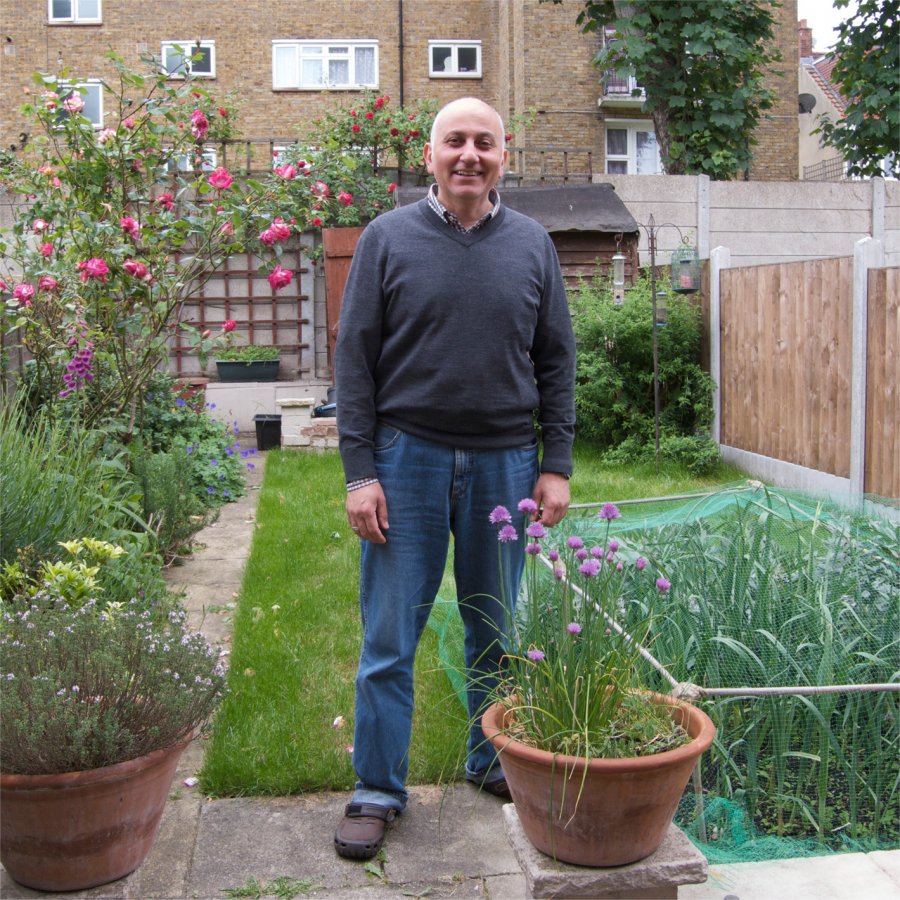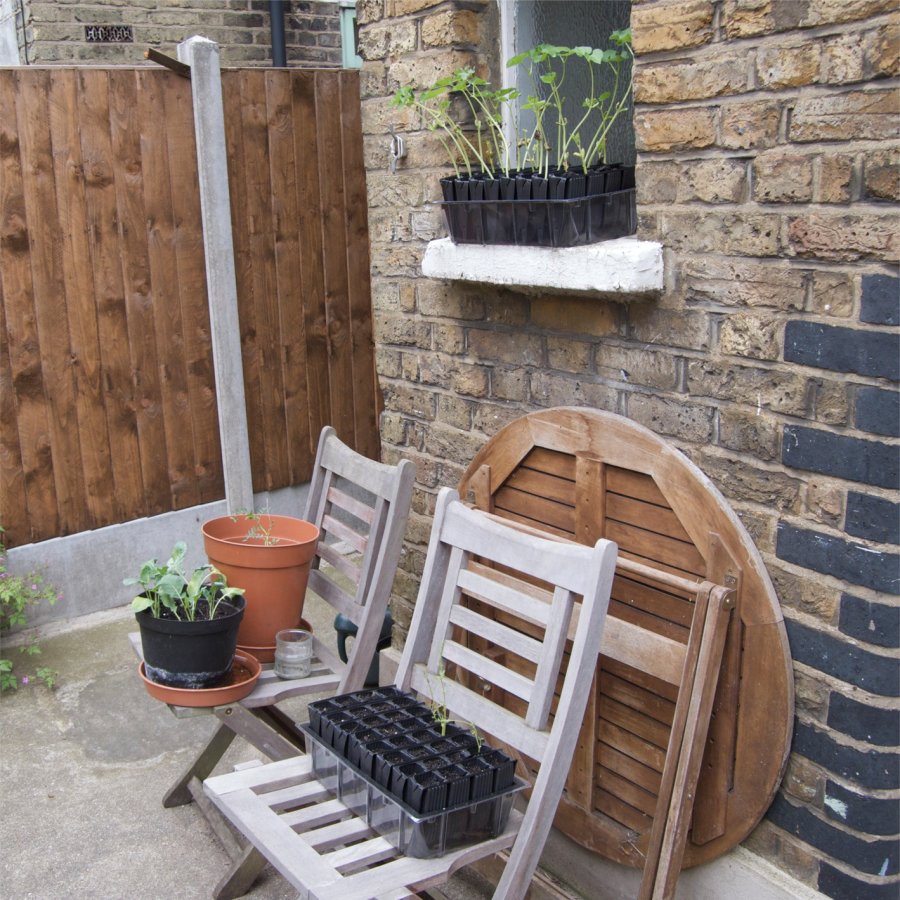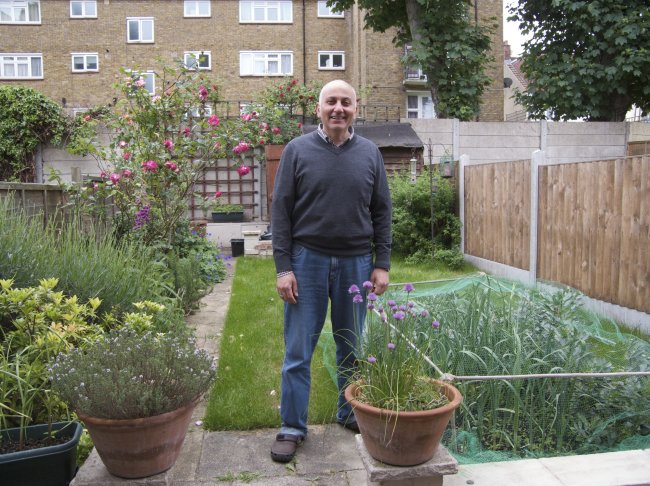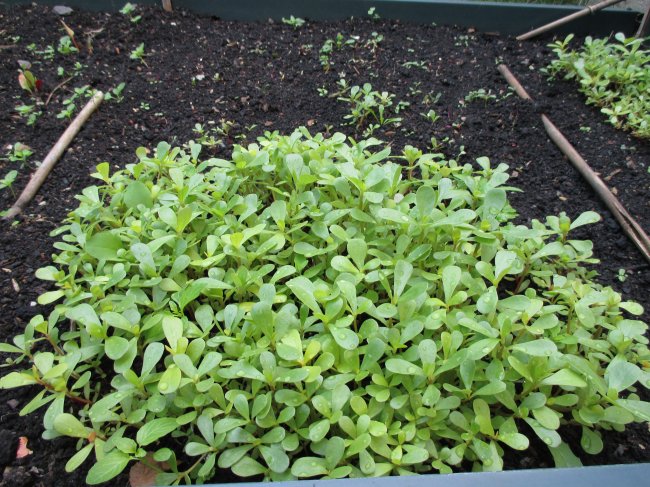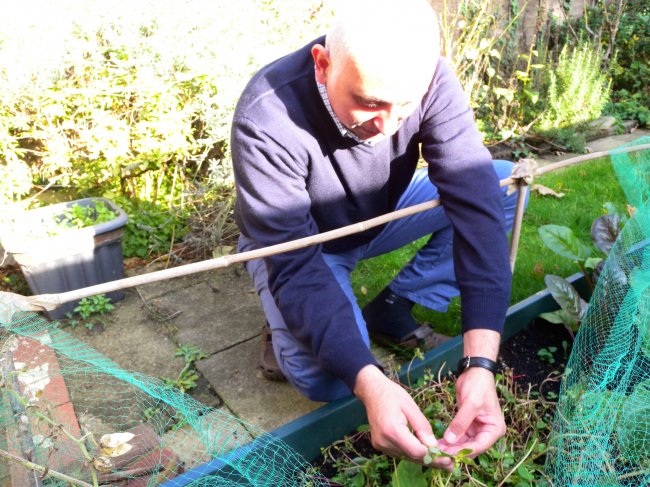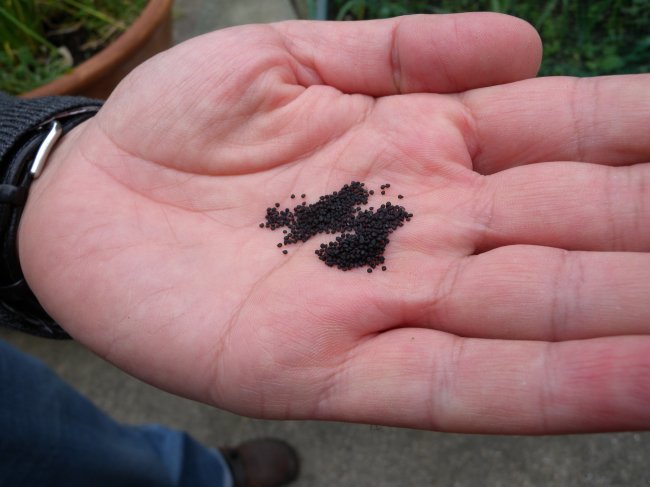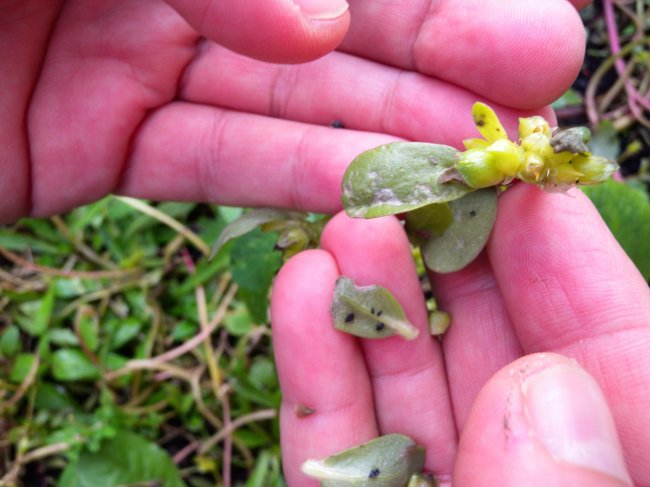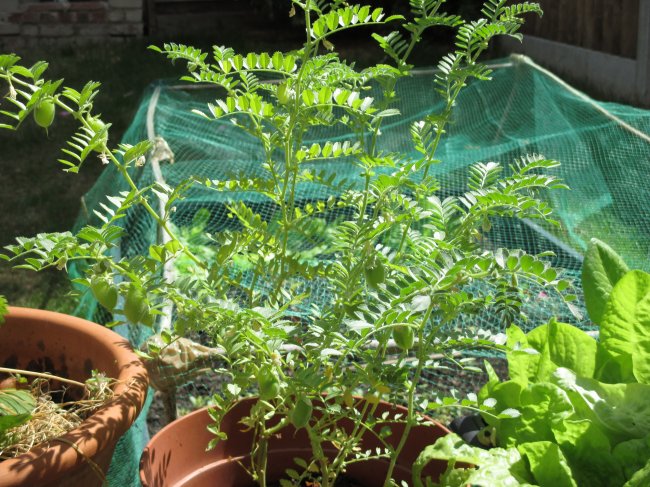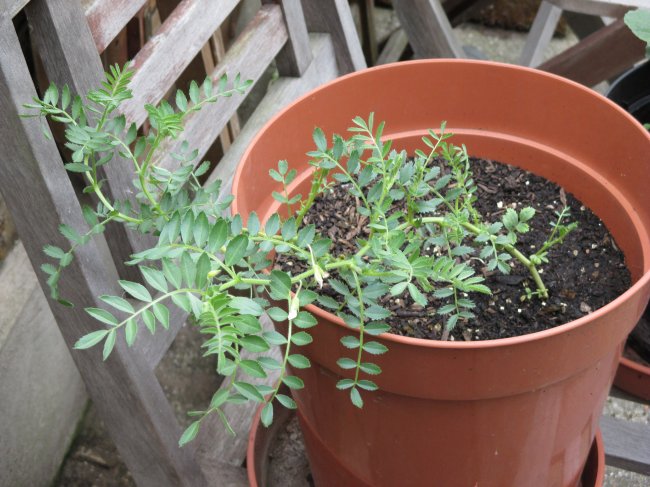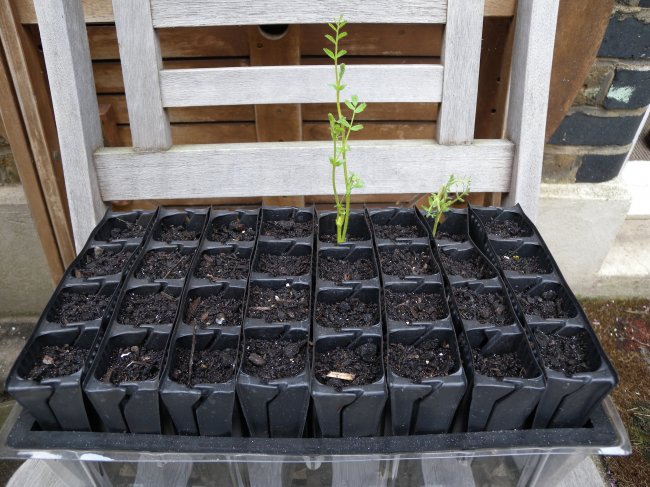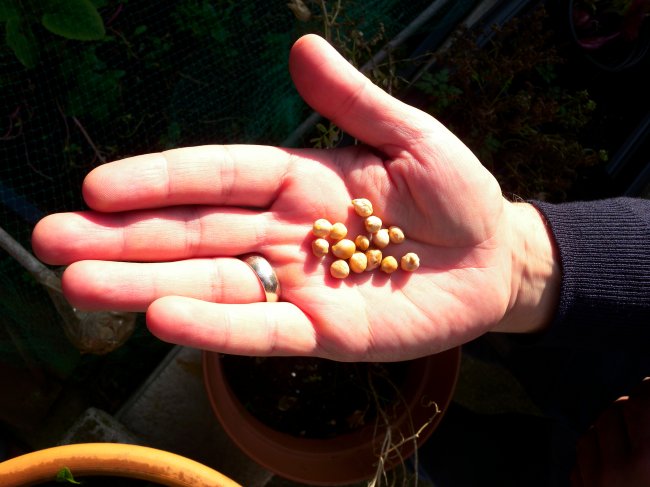My Story
About
Ahmet Caglar, Seed Guardian
My name is Ahmet. I’m originally from Turkey. I’m using my back garden for this project. It’s a small garden. Actually there is only one raised bed and some containers.
Why I grow my own food
It’s very exciting and it’s valuable. At least the effort of it, all the process of growth and being busy in this process, and getting the results. And in some ways sharing it with friends and neighbours, when possible, is very rewarding.
Why I save seeds
I don’t always save seeds to be honest. I sometimes save seeds that I find difficult to find here. That’s one reason. And also sometimes to share with friends and neighbours. It’s a resource and we can keep it and we can continue with it and we can share it. Otherwise it’s a waste of money, waste of resources. And it’s a continuous chain, which is also exciting, to know the history of the seed. There are lots of other stories attached to it.
Connection between growing and my heritage
Two plants I tried to grow in this project are linked to my background, to my childhood. The purslane, my mother used to cook. It has some sort of emotional link attached to it. Similarly the chickpeas, we used to eat them fresh. In the markets they used to sell them and they are eaten like a delicacy, green and very delicious. I was excited to grow and eat them like that.
Hear from Ahmet
How I feel when I work in the garden
Failures are sometimes frustrating. But as a process I think it’s rewarding, it’s something you do with your hands and also your mind. You make structures and you make some plans. And also you care for them, especially in their early stages. I work as a counsellor, and in two of my work places I work in the garden with clients. Gardening facilitates a lot of positive things in the work and in their world because it’s a process.
More
